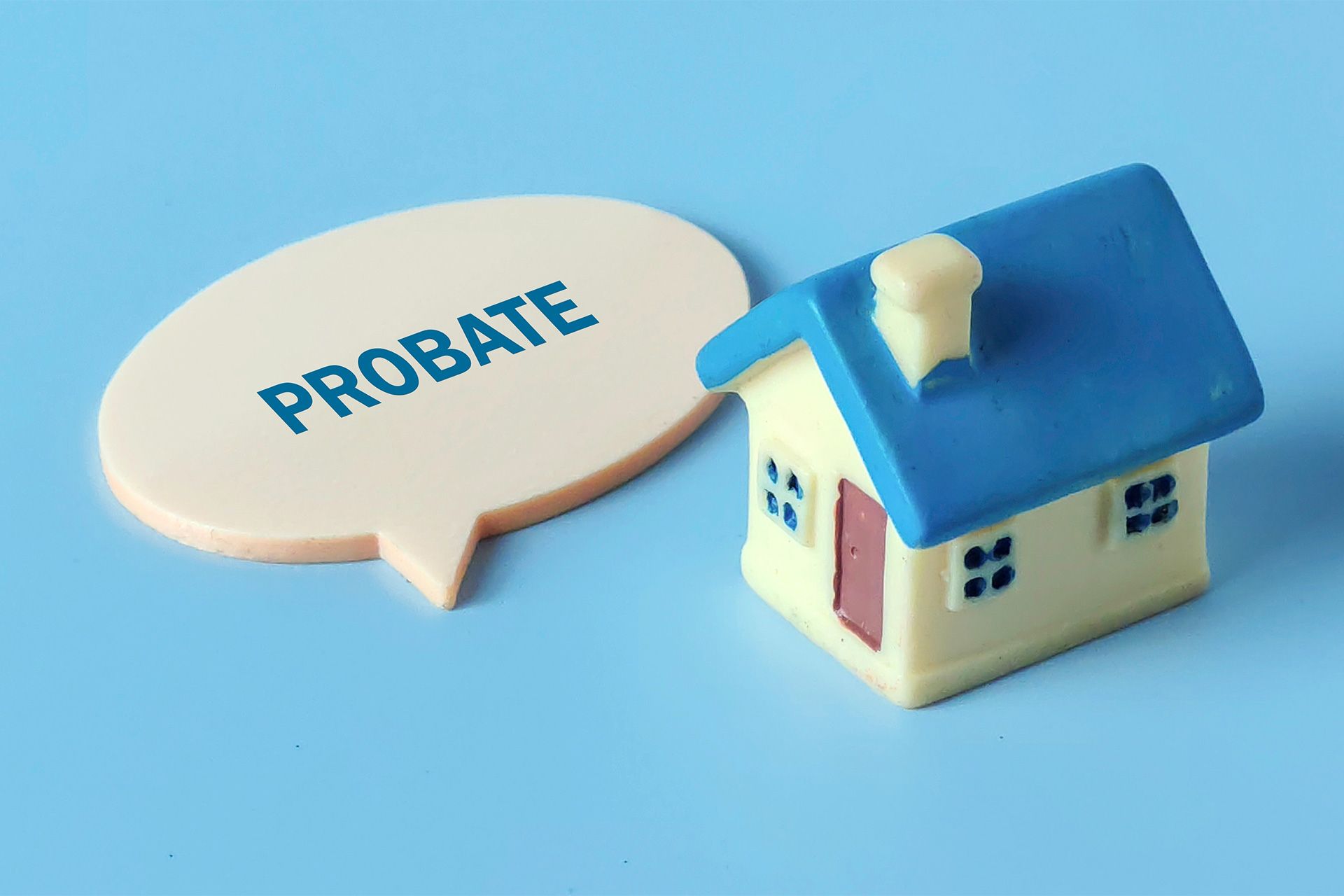Here’s How Tax Reform Changed Accounting Methods For Small Businesses
The Tax Cuts and Jobs Acts – better known simply as tax reform – allows more small business taxpayers to use the cash method of accounting. Tax reform now defines a small business taxpayer as a taxpayer that has average annual gross receipts of $25 million or less for the three prior tax years and is not a tax shelter.
Here’s how last year’s legislation changed the rules for small business taxpayers. The law:
- Expands the number of small business taxpayers eligible to use the cash method of accounting by increasing the average annual gross receipts threshold from $5 million to $25 million, indexed for inflation.
- Allows small business taxpayers with average annual gross receipts of $25 million or less for the three prior tax years to use the cash method of accounting.
- Exempts small business taxpayers from certain accounting rules for inventories, cost capitalization, and long-term contracts.
- Allows more small business taxpayers to use the cash method of accounting for tax years beginning after Dec. 31, 2017.
Revenue Procedure 2018-40 provides the procedures that a small business taxpayer may use to obtain automatic consent to change its methods of accounting to reflect these statutory changes.
The post Here’s How Tax Reform Changed Accounting Methods For Small Businesses appeared first on Law Office of Mary E. King P.L. .
Disclaimer: The information on this website and blog is for general informational purposes only and is not professional advice. We make no guarantees of accuracy or completeness. We disclaim all liability for errors, omissions, or reliance on this content. Always consult a qualified professional for specific guidance.
RECENT POSTS
CONTACT US






